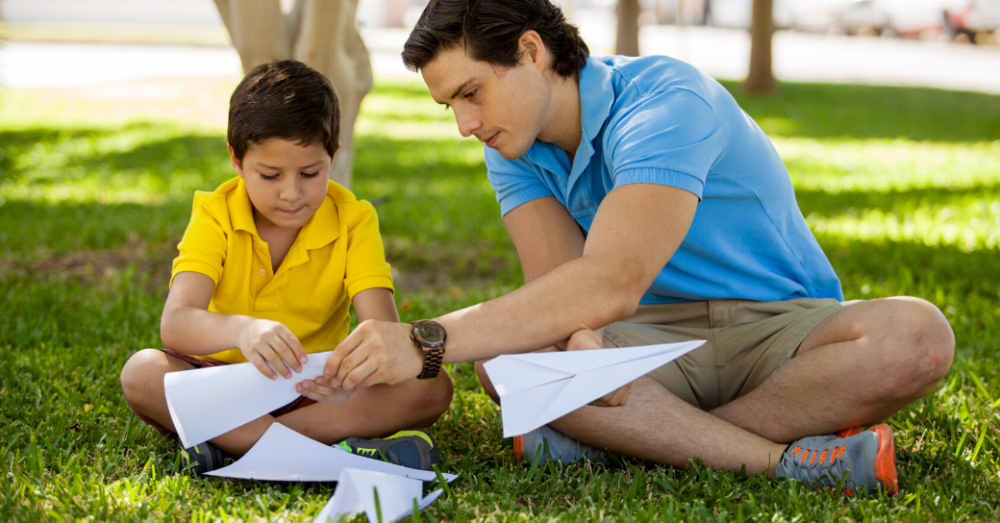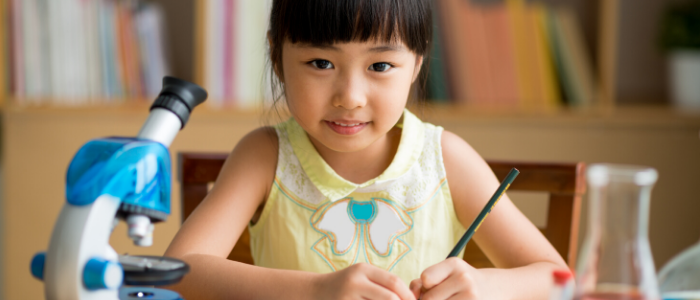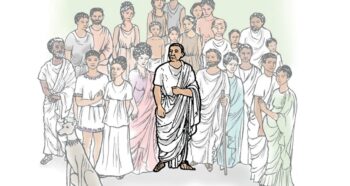The current global pandemic has presented unique challenges for teachers across the world who are keen for their students to continue learning and thriving during these uncertain times. You may have seen posts on social media reminding everyone that Sir Isaac Newton did some of his best work while spending time away from the University of Cambridge to avoid the bubonic plague in 1665. He was so productive in developing his theories on calculus, optics and the laws of motion and gravity, that this time was later referred to as his annus mirabilis, the ‘year of wonders’. Learning from home clearly worked for Newton, and there is no reason it can’t for your learners! Yes, their learning will be different to what takes place in the classroom and likely without access to the same equipment, but that does not mean it must be less valuable.
Science capital and the value of home science learning
Learning science from home provides a fantastic opportunity to develop learners’ science capital. This concept was originally developed by Professor Louise Archer and her team at King’s College London. It is based on the idea that everyone has different amounts of science capital, based on their science-related knowledge, attitudes, skills and experiences. The amount of science capital a learner has impacts how much they feel science is ‘for them’ and how likely they are to take on a STEM-based profession when they are older (you can find out more about science capital and the science capital teaching approach here).
Becoming aware of how science is used in their everyday lives, experiencing science activities beyond the classroom and taking part in science activities with families are all opportunities to develop science capital. They are also things that teachers can now facilitate for learners who are experiencing lockdown or social distancing. By setting tasks for learners to continue their science learning at home, we are potentially developing their personal sense of the value of science and their understanding of the role it plays in our everyday lives.
Everyday science
Setting learners the challenge of spotting the science in their everyday lives is a great opportunity to broaden their experience of scientific concepts. For example, if you have been learning about physical and chemical changes, learners could be asked to spot all of these changes that take place in front of them every day. They may find that their bread makes a chemical change to become toast when heated, an ice cube undergoes a physical change and melts in their glass of water, or they could observe a whole host of changes when a cup of tea or coffee is made. The possibilities for this challenge are endless and can be linked to any area of science that is currently being studied: they could explore the nutritional value of the food in their cupboards; they could investigate which familiar materials (wood, metal, glass, plastic etc.) are most common in their kitchen; they could investigate where friction is useful in their home and where it is a hindrance.

This activity can be built on by asking learners to take a ‘science selfie’; a photograph taken of themselves that shows some everyday science, for example a selfie taken on a trampoline while exploring forces or one showing a learner all wrapped up to insulate against cold weather outside. Many schools are keeping in touch with their learners through email and social media platforms and this would be a great way of sharing the learning that has been taking place with teachers and classmates.
Simple Practical Science
There are plenty of investigations that learners can explore without having access to specialist equipment and, thanks to the wonderful outpouring of support from educators across the world, finding ideas for these activities online is now incredibly easy. Many of these activities can be carried out with learners of different ages and so carried out with the whole family. Some examples include investigating paper planes; is bigger always better? How do differently shaped planes fly differently? Is long and thin better than short and fat? How much weight can a paper plane carry and still travel over short distances? How does the angle of the throw affect the distance travelled? Learners could also investigate ice; does warm water freeze faster than cold water? How does salt affect the way ice melts? In which room in the house does ice melt fastest? On which surface/material will ice melt quickest? These are just a few ideas of hundreds of possibilities, some of which can be found through organisations including the Primary Science Teacher Trust, STEM Learning and Science Sparks.

Get them talking
Many parents and families may be too busy working from home to offer much support to learners with practical science, but they may still have time for a chat. Learners can exercise their scientific thinking skills by grappling with big questions and big ideas with their families. You could pose learners a question that gets them to think deeply about how concepts relate to our lives by asking ‘What if…’ for example, what if there was no friction? What if plants could talk? What if humans never stopped growing? They could also consider which of three linked objects is the ‘odd one out’, by finding something that two of the three have in common that the third doesn’t. This one is a particularly nice activity for parents who are reluctant to get a ‘wrong answer’ as any answer that is justified is a good answer. For example, if we have a bee, a scorpion and a butterfly, we could say the butterfly is the odd one out because it can’t sting other animals. However, it would also be ‘correct’ to say the scorpion is the odd one out because it cannot fly like the other two. Teachers can find a great bank of discussion questions and activities like these for free at the Explorify website and in the UK primary science curriculum here.
Activities such as these will make learning science at home possible for every student and have the added benefit of potentially raising their science capital. Between the support offered online, the creativity of teachers and the enthusiasm of learners, we may see many children experiencing their very own annus mirabilis in the near future!





